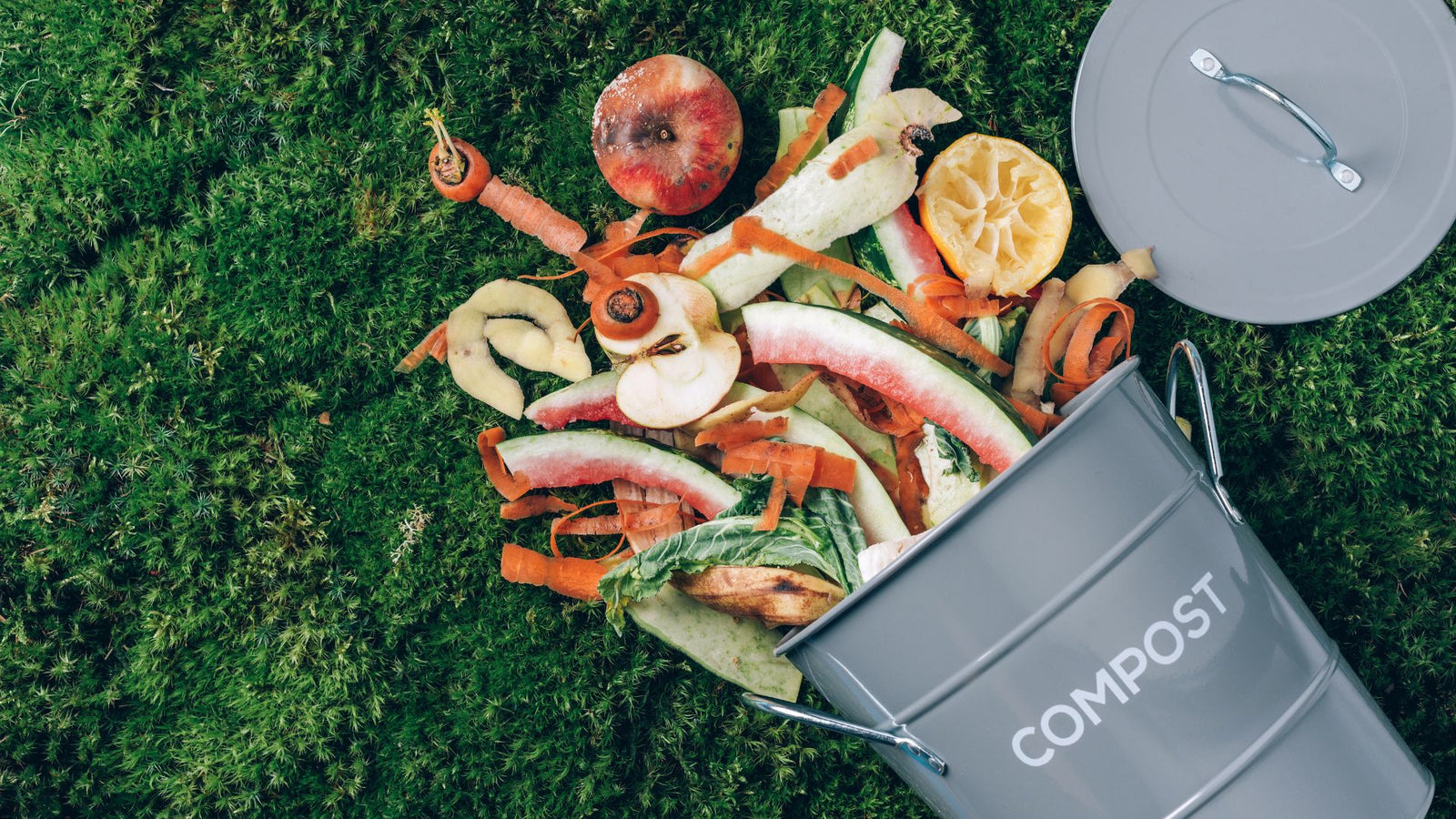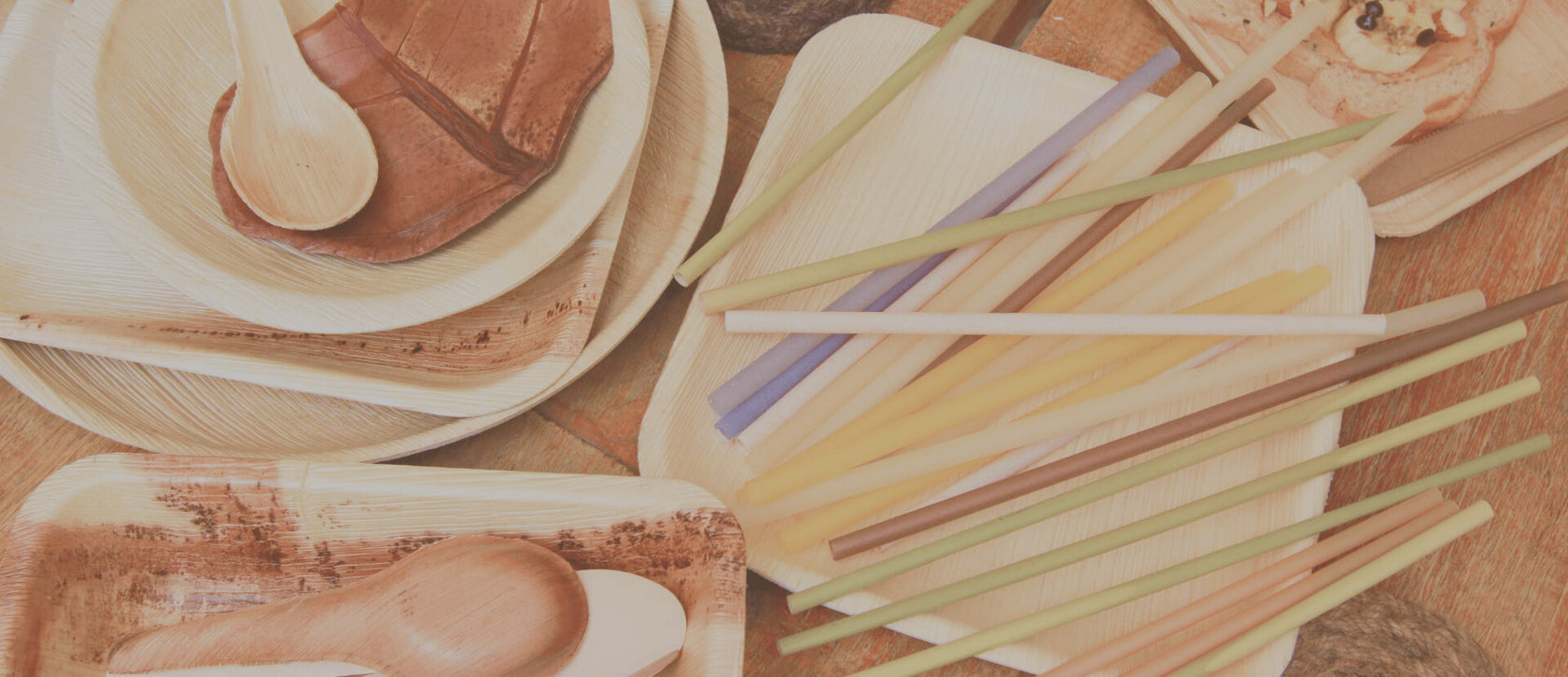Bạn có thường xuyên phải vứt đồ ăn thừa đi chỉ vì “vô tình” mua hoặc nấu quá nhiều không? Chà, điều đó xảy ra, không chỉ một hay vài lần, mà thường xuyên hơn chúng ta có thể tưởng tượng, đặc biệt là khi đếm cả thế giới. Theo thống kê, chất thải thực phẩm chiếm 8% lượng phát thải khí nhà kính. Đó là một con số đáng báo động để chúng ta phải suy nghĩ lại về việc xử lý chất thải hữu cơ, bắt đầu bằng việc ủ phân tự chế.
Trên thực tế, cho dù bạn có cẩn thận đến mức nào trong việc lập kế hoạch bữa ăn và cắt giảm lượng thức ăn, vẫn có một số phần của thực phẩm hoặc sản phẩm mà bạn không thể tiêu thụ - ví dụ như vỏ chuối, bã cà phê hoặc phần đầu của quả dâu tây. Do đó, điều quan trọng là phải tìm cách giúp những thứ này phân hủy thay vì vứt chúng vào các bãi chôn lấp, điều này góp phần rất lớn vào việc biến đổi khí hậu. May mắn thay, chúng ta hoàn toàn có thể ủ chúng tại nhà, cho dù bạn đang sống ở vùng ngoại ô hay một căn hộ nhỏ giữa thành phố đông đúc.
Ủ phân - Một cách tốt nhất và dễ dàng để chống biến đổi khí hậu
Không thể phủ nhận rằng việc ủ phân là một trong những công cụ quan trọng trong cuộc chiến toàn cầu chống biến đổi khí hậu. Về cơ bản, việc ủ phân giúp giảm lượng khí thải nhà kính vì nó thải ra một lượng lớn khí mê-tan vào khí quyển khi nằm trong các bãi chôn lấp.
Phân hữu cơ thúc đẩy sự phát triển của cây khỏe mạnh và quan trọng bằng cách chuyển đổi carbon dioxide thành sự phát triển của lá. Điều này có vẻ là một lợi thế nhỏ nhưng nó đóng một vai trò quan trọng trong việc bảo vệ khí hậu của chúng ta.
Ngoài ra, phân hữu cơ còn có thể giúp tăng khả năng phục hồi trước những tác động của biến đổi khí hậu, như hạn hán và thời tiết khắc nghiệt. Ngoài việc ngăn ngừa xói mòn trong những cơn bão dữ dội và duy trì độ ẩm trong thời kỳ hạn hán, phân hữu cơ còn giúp ngăn ngừa sự phân hủy trong những cơn bão dữ dội.
>> Đọc thêm:
- Biến đổi khí hậu là gì: Nguyên nhân, tác động đến con người và động vật
- Net Zero là gì: Tầm quan trọng, vai trò của cá nhân và tổ chức
Làm thế nào để ủ chất thải hữu cơ?
Nếu bạn cho rằng đây là việc cần được thực hiện một cách khoa học với các biện pháp chính xác thì hãy suy nghĩ lại. Giống như lần đầu tiên thử nướng một chiếc bánh vậy. Tất cả nguyên liệu, thời gian và tỷ lệ sẽ trở nên dễ dàng hơn sau khi bạn thực hiện xong mẻ đầu tiên.
1. Thu gom rác thải hữu cơ
Bây giờ, bước đầu tiên khi làm bánh là chuẩn bị nguyên liệu. Bạn sẽ cần phải thu gom tất cả rác thải hữu cơ ở nhà. Hãy bắt đầu với trái cây và rau quả. Bất cứ thứ gì như vỏ chuối, vỏ khoai lang, dưa chuột hoặc ngọn dâu tây đều hoàn hảo. Ngoài ra, vỏ trứng, túi trà, bã cà phê hoặc thậm chí ống hút và dụng cụ có thể phân hủy EQUAO đều có tác dụng tuyệt vời.

Bạn có thể đã nghe nó trước đây; chất thải xanh và nâu là những thành phần thiết yếu. Cùng với đó, chúng ta cũng cần nước và oxy để quá trình ủ phân diễn ra.
Hãy coi việc ủ phân như một chiếc bánh cưới nhiều lớp. Bạn sẽ cần một lớp màu xanh lá cây bên trên lớp màu nâu. Đây là bảng phân loại rác thải xanh và nâu mà bạn có thể bỏ vào thùng ủ phân.

Như bạn có thể thấy, thịt và các sản phẩm từ sữa khác không nên cho vào thùng ủ phân vì chúng dễ thu hút ruồi và động vật gặm nhấm, đây không phải là loại khách mà bạn muốn mời đến nhà mình.
>> Đọc thêm: Giải pháp thông minh cho chất thải thực phẩm: Giảm thiểu và xử lý đúng cách
2. Thêm chất thải hữu cơ vào thùng ủ phân
Để lưu trữ chất thải hữu cơ này, bạn chỉ cần sử dụng gallon sữa rỗng và cắt phần đầu trên cùng. Hoặc, để làm cho nó trông đẹp hơn nữa, bạn có thể sử dụng ngăn kéo tủ quần áo bằng gỗ cũ hoặc thùng đựng Bikoshi lạ mắt một chút.
Cho dù chúng ta có thường xuyên lặp lại từ “dễ dàng” không có nghĩa là bạn có thể vứt mọi thứ vào thùng rác. Thực tế, có những quy tắc cụ thể mà bạn cần phải tuân theo, nếu không bạn đang tạo ra một bãi rác khác ngay trong căn hộ của mình.

- Làm ẩm khô nguyên liệu trước khi đưa vào bảo quản.
- Đổ một ít đất và giấy vụn vào đáy thùng ủ phân.
- Sau đó thêm chất thải xanh và nâu cho phù hợp.
- Đừng quên bẻ nhỏ hoặc cắt thức ăn thừa thành từng miếng nhỏ hơn để giúp rút ngắn quá trình phân hủy.
- Đậy nắp thùng ủ phân và để tất cả nguyên liệu tận hưởng bữa tiệc riêng tư của chúng.

3. Khuấy mỗi tuần
Điều cần thiết là phải kiểm tra thường xuyên thùng ủ phân trong nhà của bạn. Không phải để nhìn thấy quá trình mà thực chất là giúp quá trình diễn ra như mong đợi. Bạn cần khuấy phân trộn hàng tuần để sục khí cho hỗn hợp. Và nhớ đậy nắp lại thật chặt để tránh những động vật không mời mà đến.

4. Chờ đợi phép màu hay mùi hôi?!

Nếu đây là lần đầu tiên bạn làm việc này thì khả năng cao là bạn sẽ ngửi thấy mùi khó chịu từ quá trình ủ phân. Thùng ủ phân được làm đúng cách sẽ không tạo ra mùi hôi. Thay vào đó, nó có thể có mùi đất, mùi của “thành công”.
Nguyên nhân dẫn đến thùng ủ phân có mùi có thể đến từ tỷ lệ rác xanh và rác nâu. Bạn có thể điều chỉnh tỷ lệ nếu bạn “vô tình” thêm nhiều hơn một tỷ lệ khác. Cũng có thể do thùng quá ẩm nên không có đủ oxy.
Giải pháp cho vấn đề này khá đơn giản. Thêm một ít lá hoặc giấy khô vào thùng rác để hấp thụ lượng nước dư thừa và cân bằng tỷ lệ ướt-khô để kiểm soát mùi axit.

Sau hai đến sáu tháng, thức ăn thừa của bạn có thể sẽ phân hủy hoàn toàn và có thể được bổ sung vào khu vườn ngoài trời hoặc trồng cây bên cửa sổ của bạn. Nếu thùng phân trộn của bạn lớn hơn dự kiến, hãy tìm các địa điểm thu gom phân trộn gần khu vực của bạn và quyên góp chúng.
>> Đọc thêm:
- 5 Nguyên Liệu Tốt Nhất Để Làm Ống Hút Phân Hủy Sinh Học
- 5 Ống Hút Có Thể Phân Hủy Sinh Thái Tốt Nhất Được Làm Từ Thực Vật
- Có thể phân hủy và có thể tái chế: Sự khác biệt là gì?
- 10 Cách Giảm Rác Thải Nhựa Tại Nhà






